The Levante is Maserati’s first attempt at a luxury SUV. But how will it fare against established names like the Porsche Cayenne GTS and BMW X6?
| Car | Engine | Power | Torque | 0-100kph | Top speed | Weight | Basic price |
|---|---|---|---|---|---|---|---|
| Maserati Levante S | V6, twin-turbo, 2979cc | 424bhp @ 5,750rpm | 428lb ft @ 4,500-5,000rpm | 5.2sec | 264kph | 2109kg (201bhp/ton) | $103,200 |
| Porsche Cayenne GTS | V6, twin-turbo, 3604cc | 434bhp @ 6,000rpm | 443lb ft @ 1,600-5,000rpm | 5.2sec | 262kph | 2110kg (206bhp/ton) | $102,500 |
| BMW X6 xDrive50i | V8, TwinPower Turbo, 4395cc | 444bhp @ 5,500–6,000rpm | 479lb ft @ 2,000–4,500rpm | 4.8sec | 250kph | 2170kg (205bhp/ton) | $95,200 |
—
The Maserati Levante SUV has been a long time coming. True, like the Bentley EXP 9 F, the Kubang-named and heavily Jeep underscored concept first made its appearance back in 2011, an early sign of the company’s future direction. Many of you may have forgotten though that this was not the Kubang’s first appearance, the 2011 model a refresh of the Kubang concept that originally appeared back in 2003, a prelude to both a market that hadn’t reached its full potential, and – surprise surprise – a general lack of investment from the parent company.
Here though the Levante stands today in the Fujairahan mountains, shoulder-to-shoulder, alongside the Porsche Cayenne, which Maserati has targeted in terms of both sales and handling. If that’s not an ambitious enough target in itself – the Cayenne has steadily established itself as THE luxury performance SUV since its debut in 2002 – today’s Porsche test model is the Cayenne GTS, the most dynamic model of its SUV line-up. Stiff competition is an understatement.
But then, Maserati can’t afford to play it safe. The Italian marque is already the third manufacturer this year to ‘step outside its comfort zone’ and into the heavily-competitive SUV market, and while it’s fast becoming something of a clichéd statement, the Levante could well be – like the Jaguar F-PACE, and Bentley Bentayga before it – the most important new model in the company’s history. After all, today the premium luxury segment rakes in one million sales worldwide, half of which are SUVs. If Maserati hopes to achieve its 25,000 per year sales figures aspiration, the Italian firm will want to get in on that action.
And on paper alone, Maserati seems to be off to a good start. Fortunately the Jeep underpinnings from its parent company have hit the skip, the underneath now ‘100 per cent Maserati’ and assembled in-full in Italy. Maserati‘s long-standing naming tradition remains intact too with ‘Levante’, which references both the Viento de Levante that blows through the Strait of Gibraltar in the southern Mediterranean, and, ahem, the ‘winds of change’ such a model could bring to Maserati’s coffers.
Nauseating, but potentially apt. After all, the 3-litre twin-turbocharged V6 under that sleek bonnet boasts insight from Ferrari’s engineering department, and has already been put to extensive test in the Ghibli saloon. With 424bhp and 428lb ft on tap, it is also ‘the most performant V6 in Maserati history’. Even if it’s still not the most powerful model in our group test.
“Today the premium luxury segment rakes in one million sales worldwide, half of which are SUVs. Maserati is looking for a piece of that action”
That accolade goes to the BMW X6 xDrive 50i, our solitary V8 here today kicking out 444bhp and 479lb ft of torque, enough for a 0-100kph sprint of 4.8 seconds and a 250kph top speed. The Maserati and Porsche remain on par given their 424bhp and 434bhp respective power figures and identical 5.2 second 0-100kph times, but it’s the dark horse of today’s group test that could yet walk out victorious. Though only into its second generation (more of a heavy facelift, in all honesty), the X6 shares the same distinctive presence, premium badge and versatility that made the pioneering X5 the sleeper hit it became following its 1999 debut. Bimmer’s Sports Activity Coupe could yet spring a surprise.
It’s the Maserati though I’m keen to put to the test first. Not only because it’s the newboy, but because, in terms of design, the Levante already has a notch on its belt over its rivals, despite the best efforts of that rather hideous ‘Rame’ metallic paint to hide them. While both the BMW and the Porsche present a more brutish aggression so frequently associated with the segment these days, Maserati has gone for a sleeker, more elegant approach, favouring curvaceous body panels over sharpened bodylines. And while Maserati traditions like the three fender-mounted air intakes and Trident-inspired front grille remain, it’s a design that legitimately stands alone: numerous revisions over the years have seen the Cayenne’s divisive looks soften, but to many it is still an elongated 911. Ditto the X6, whose admittedly handsome front-end design is offset by the awkward plunging roofline. Not least because this leaves a question mark hanging over the X6’s practicality.
Though the X6 now features three abreast seating on the rear bench (something its 2009 predecessor did not), head and legroom are still not as spacious as either the Cayenne or the Levante. The boot is also shallower and smaller, and while both are an improvement over the outgoing first generation, the message is still clear: if you want practicality, go with the X5.
“The upgraded chassis of the Cayenne will re-arrange your pre-conceptions of physics”
Fortunately the cabin itself is typical BMW top rate quality, complete with full leather upholstery, a cheeky dash of aluminium-effect and an updated infotainment system. Cabin space has been further improved over its predecessor, and while the newly updated infotainment system and iDrive may still prove a bit of a faff, it’s nevertheless a stylish look. A far cry it must be said from the Cayenne GTS cabin, wherein the ungainly button-festooned centre console and centre-mounted grab holders are, to put it mildly, a bit much. Yes, the ride is surprisingly pliant for such a sporty concept, the build quality is excellent, and the driving position is easily the best of all three. But if less is more, Porsche’s design department clearly didn’t receive that memo.
Credit once again then goes to the Maserati. Admittedly both the ride and seats are much firmer than I’d expected of a luxury SUV, and there is a certain mainstream feel to the gauges and sometimes fiddly gear lever, but the cabin design – complete with ‘Levante’ lettering across the dashboard is sharp and minimalist, a welcome detraction from the more convoluted cabins in both the Porsche and the BMW. First blood to Bologna.
- Story concludes on page 2

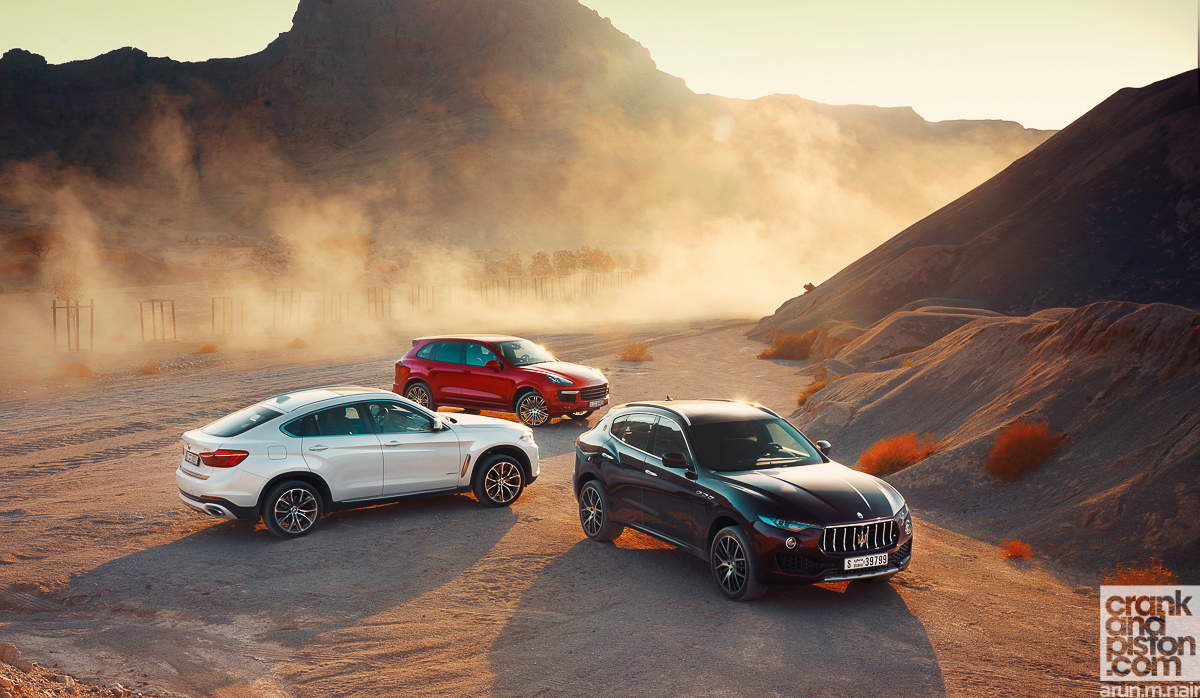
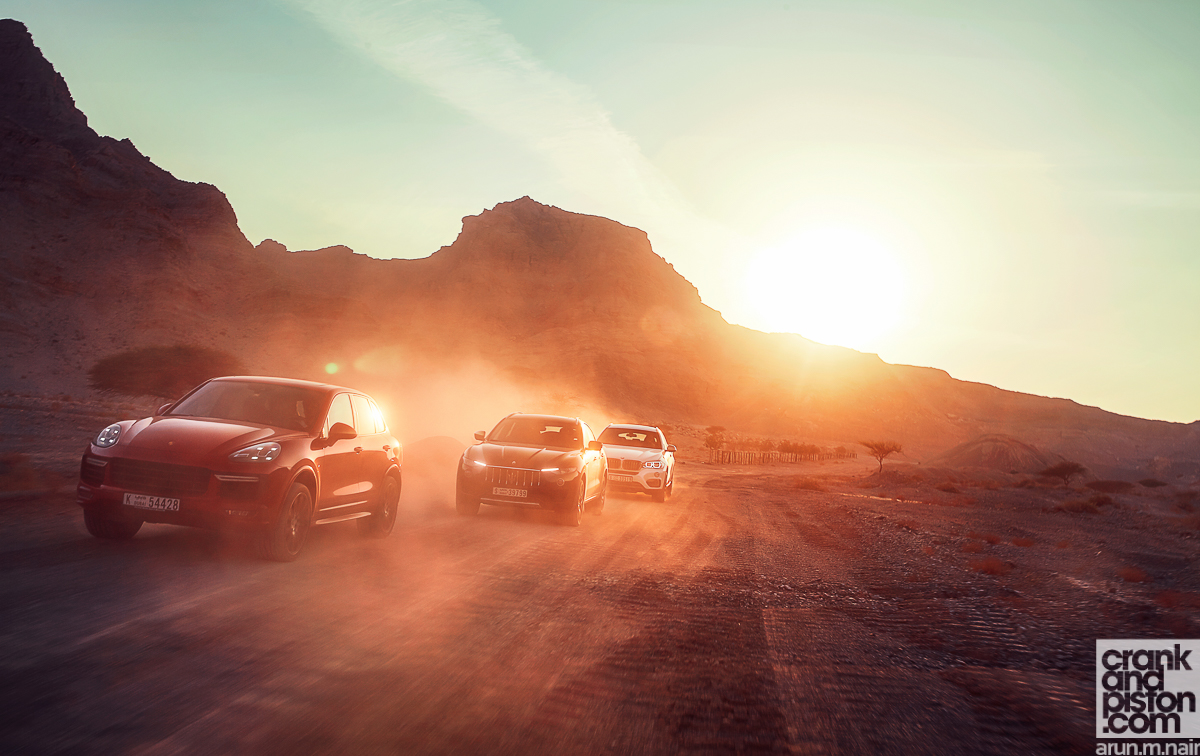
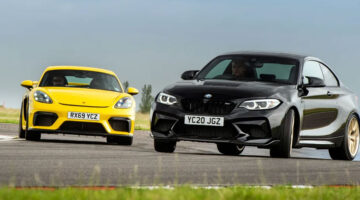
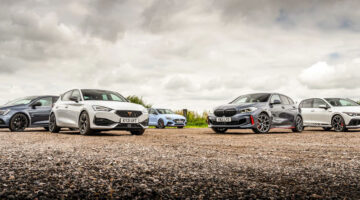
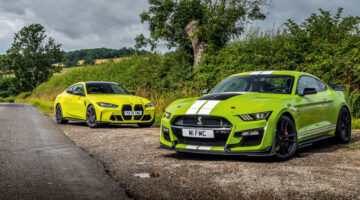
2s Comments
Jonathan Frierman
jons930@gmail.com How can you talk about Performance SUVs with out the Range Rover SVR? Bently Botaga? Which have better specs than the 3 you compared ?
James Gent
Hi Jonathan.
We actually compared the Bentley Bentayga and the Range Rover SV Autobiography back in September. You can check out our verdict in this link HERE:
https://www.crankandpiston.com/editors-picks/bentley-bentayga-vs-range-rover-sv-autobiography/